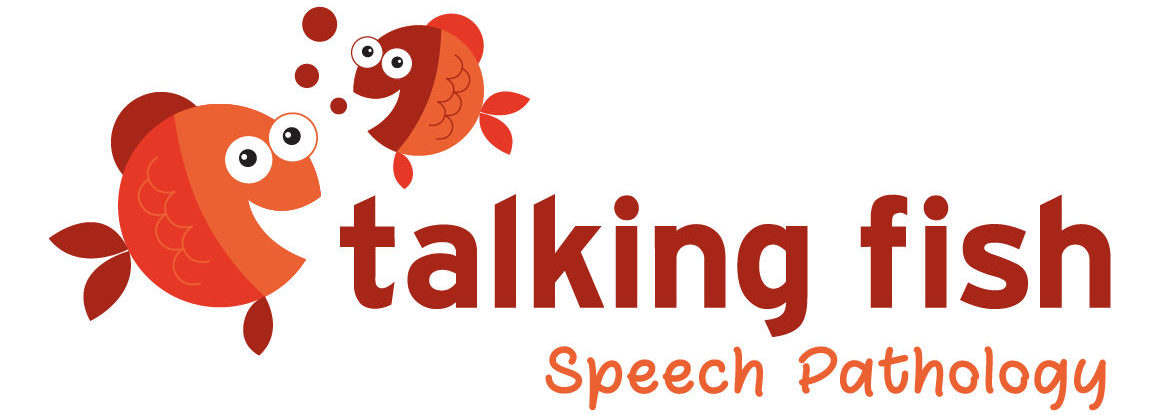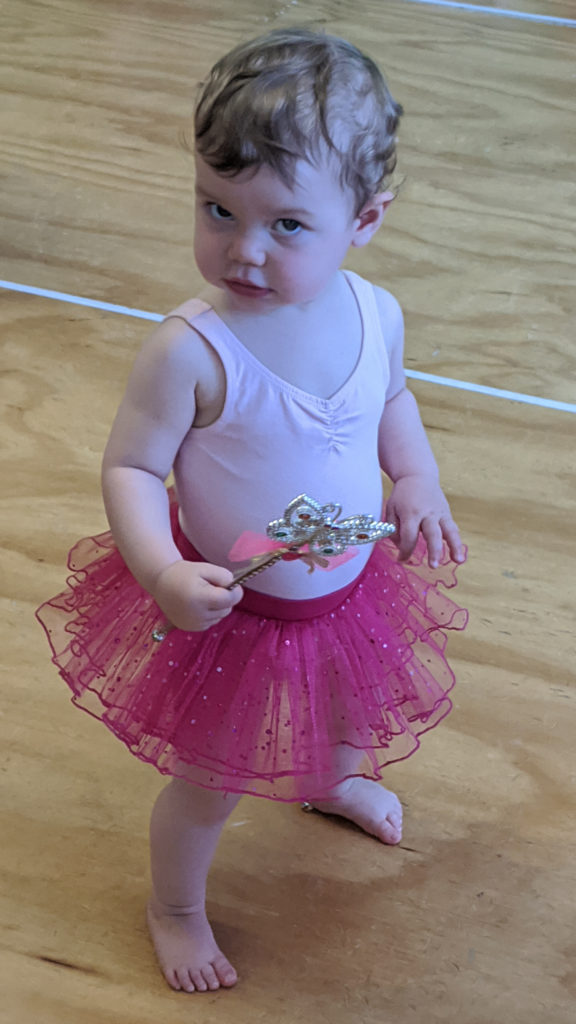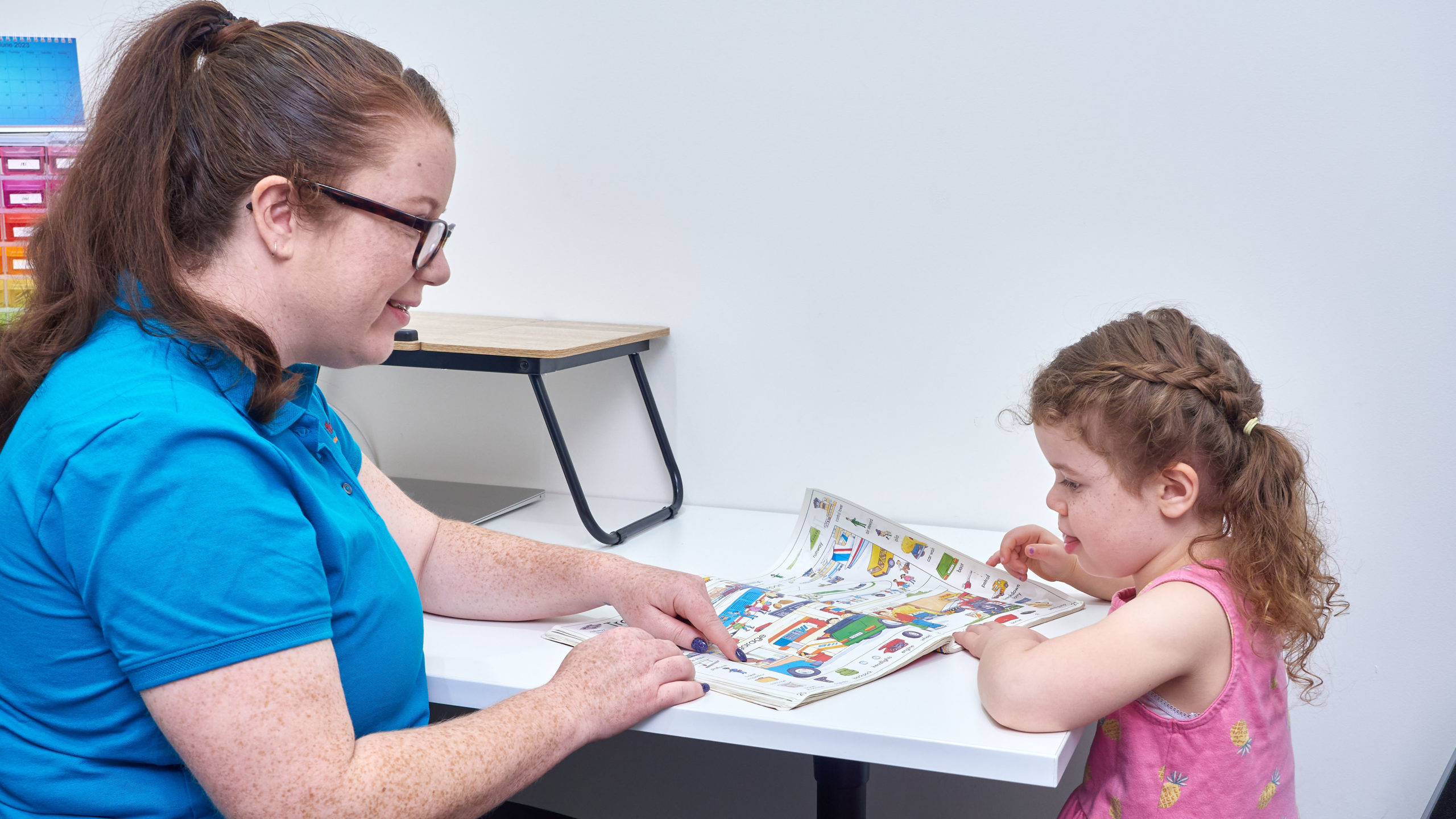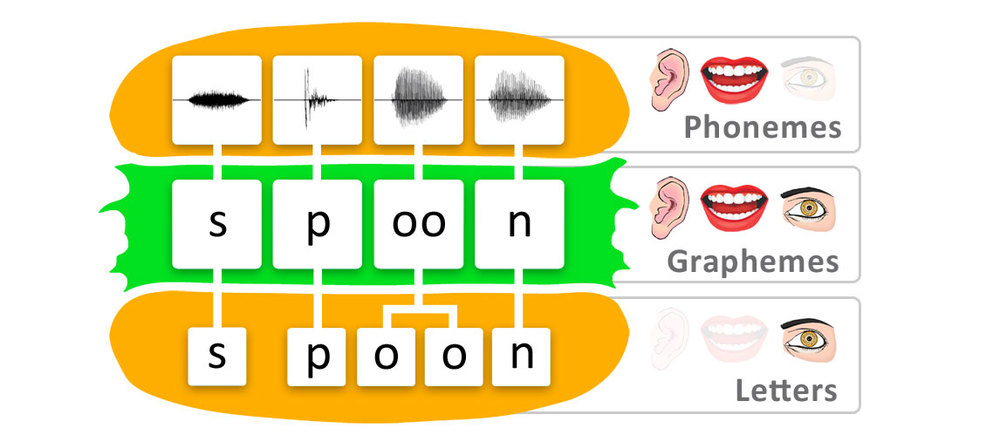It’s a question that weighs heavily on the hearts of many parents: “When will my child talk?” While our previous post touched on general speech and language milestones, we know that for some families, the journey looks different. If your child is nonverbal, or you have significant concerns about their very limited verbal communication, the typical timelines can feel frustratingly irrelevant. At Talking Fish Speech Pathology in Warragul, we understand this profound worry, and we’re here to offer advice, support, and hope.
Understanding “Nonverbal”
First, it’s important to clarify what “nonverbal” can mean. It doesn’t necessarily mean a child will never speak. Instead, it refers to a child who is not yet using spoken words to communicate, or who has very few, inconsistent verbal productions. This can be due to a variety of underlying reasons, including:
- Developmental delays: Sometimes speech development simply takes a longer path.
- Autism Spectrum Disorder (ASD): Many children with autism are nonverbal or minimally verbal.
- Childhood Apraxia of Speech (CAS): A motor speech disorder where the brain has difficulty planning the movements needed for speech.
- Intellectual disability: This can impact all areas of development, including speech.
- Hearing impairment: Undiagnosed or untreated hearing loss can significantly affect speech development.
- Selective Mutism: An anxiety disorder where a child is unable to speak in certain social situations.
Beyond Words: The Importance of Communication
When a child isn’t talking, our primary focus shifts from just spoken words to communication in all its forms. Every child communicates, even without words. They might use:
- Gestures: Reaching, pointing, waving.
- Facial expressions: Smiling, frowning, looking surprised.
- Body language: Pulling you to something, turning away.
- Vocalisations: Crying, grunting, laughing, babbling.
- Eye gaze: Looking between you and an object.
As parents, observing and responding to these early communication attempts is crucial. It validates their efforts and lays the groundwork for more complex communication.
What Can You Do Right Now? Practical Strategies for Parents
While waiting is hard, you can actively foster communication in many ways:
- Seek Professional Help (Early!): This is paramount. If you have concerns, don’t wait. Contact a speech pathologist. We can conduct a thorough assessment to identify the potential underlying reasons for nonverbal communication and recommend the most appropriate intervention. Early intervention significantly improves outcomes.
- Focus on Connection and Interaction: Create plenty of opportunities for your child to interact with you. Get down to their level, make eye contact, and join them in their play. Follow their lead and show genuine interest in what they are doing.
- Model and Expand: Talk to your child constantly, describing what you are doing, seeing, and hearing. Use simple language. If they make a sound or gesture, respond to it and expand on it. (e.g., if they point to a ball, you say, “Yes, ball! Big ball!”).
- Use Gestures and Visuals: Pair your words with gestures. Use real objects, pictures, or even simple signs (like those from Key Word Sign or Auslan) to support understanding and give your child a way to express themselves. Visual schedules can also help with daily routines and understanding expectations.
- Create Communication Opportunities: Make communication necessary! Place desired toys out of reach, give them choices, or pretend you don’t understand to encourage them to communicate their wants.
- Patience and Celebration: The journey can be long, and progress might be slow, but every small step is a victory. Celebrate every attempt at communication, whether it’s a sound, a gesture, or an eye gaze. Your positive reinforcement is incredibly powerful.
- Explore Augmentative and Alternative Communication (AAC): A speech pathologist might recommend AAC options. These are tools and systems that support or replace spoken communication. This could include picture cards and visual schedules, voice output devices (like an iPad app), or communication boards. AAC does not prevent speech from developing; in fact, it often supports and encourages spoken language by reducing frustration and building communication success.
The Speech Pathologist’s Role
At Talking Fish Speech Pathology, we are experts in supporting nonverbal children. We can:
- Accurately assess your child’s communication skills and identify potential barriers.
- Develop individualised therapy plans tailored to their unique needs.
- Provide strategies for you to use at home.
- Guide you in exploring and implementing AAC if appropriate.
- Collaborate with other professionals involved in your child’s care.
When will your child talk? There’s no single answer, but with early intervention, consistent support, and a focus on all forms of communication, we can help them find their voice, whether through words or other powerful means.
If you have concerns about your child’s verbal communication, please reach out to a Speech and Language Pathologist (SLP). We’re here to listen, support, and guide you every step of the way.



